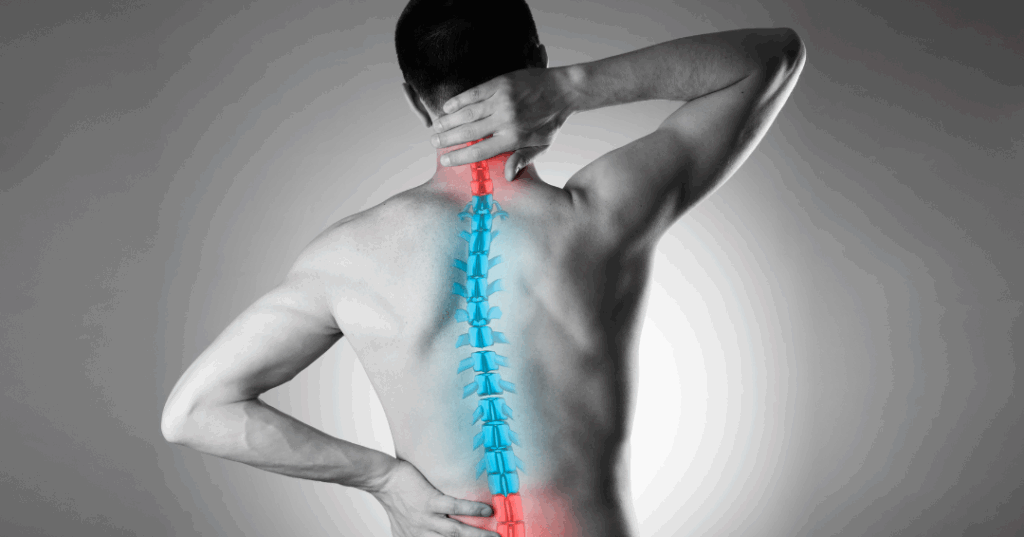Osteoporosis is a condition where the internal bone structure changes and reduces in density. It can result in patients succumbing to low-impact, fragility fractures.
Osteoporotic fractures may lead to poorer health, more disability, and a significant reduction in quality of life. Patients with osteoporosis need calcium as well as vitamin D for better bone health, and vitamin D is synthesised in the skin by exposure to sunlight. However, many seniors remain at home, and thus may be deprived of sunlight and exercise, putting them at risk of osteoporosis.
Other Causes
There are many contributing factors associated with osteoporosis. These include:
• Decline in bone mass with ageing
• Sedentary lifestyle with little or no physical activities
• Impaired hormone production (such as oestrogen deficiency)
• Prolonged use of medications.
• Low calcium intake or absorption. Excessive alcohol consumption can decrease the body’s ability to absorb calcium.
Tips to Prevent Osteoporosis
Other than taking medication, it is also important to include good nutrition (including adequate amounts of vitamin D and calcium), limit alcohol intake, smoking cessation, and daily exercise prescribed by a physiotherapist.
Physiotherapy management of individuals with osteoporosis and osteopenia (osteopenia is when your bones are weaker than normal but not so far gone that they break easily, which is the hallmark of osteoporosis) should include:
1. Weight-bearing exercises
Bone responds to the load applied to it by strengthening its structure. Physically active individuals typically have higher bone density than those who have a sedentary lifestyle.
Exercises such as walking, skipping, or hopping, has been shown to maintain or improve bone density in this population.
For individuals with low bone mass, it may be safer to begin exercise training by walking and hopping in a swimming pool with the water at chest or shoulder level. The buoyancy of the water helps with cushioning the impact of these exercises on the bone.
2. Strengthening exercises
Resistance training or strengthening using body weight, free weights, or resistance bands, have also been shown to maintain or improve bone density around the body parts that are being exercised. Lifting your legs against gravity or moving your limbs against water resistance also helps with strengthening the limbs and have positive effects on bone density. Strengthening exercises are also important to prevent or reduce back pain.
3. Balance exercises and Functional exercises (Flexibility and strengthening through whole body movements)
Fall prevention is important as falls often result in fractures in individuals with low bone density. Exercises that improve balance and postural control are therefore important to reduce the risk of falls.
Functional exercises such as Tai Chi and Pilates can help improve the individual’s overall physical function and postural control.
4. Postural exercises
Exercises can help to improve posture and prevent postural changes such as thoracic kyphosis (hunchback). These exercises also reduce joint stiffness and strengthen muscles that help the individual maintain good posture.
Individuals with a risk of spinal fracture should avoid high impact or repetitive forward bending and/or twisting exercises as they place high amounts of pressure on the spine.
Alternatively, the focus can be on strengthening of the muscles at the back of the body. Some examples include neck exercises like chin tucks, upper back extensions, shoulder blade squeezes, and hip extensions.
5. Education and Awareness
Individuals with osteoporosis or osteopenia should:
• Avoid falls by
– Getting their eyesight checked regularly
– Having good lighting on stairs
– Removing cluttered furniture or rugs that can cause trips and falls
– Wearing well-fitted shoes to prevent falls
• Follow a healthy diet that includes enough calcium and Vitamin D
• Avoid heavy lifting – enlist the help of others or consider home delivery grocery shopping.
Osteoporosis can be diagnosed and prevented with effective treatments before fractures occur. The prevention, detection, and treatment of osteoporosis is important. Seek help from a healthcare professional to receive appropriate care.

Jaden Lim
Principal Physiotherapist &
ACSM Certified Clinical Exercise Physiologist
Rehab & Beyond Pte Ltd
Source: https://www.webmd.com/osteoporosis/guide/osteopenia-early-signs-of-bone-loss
To find out more about the various services offered by Rehab & Beyond Pte Ltd, please click HERE.
All information is accurate at the time of publishing.

